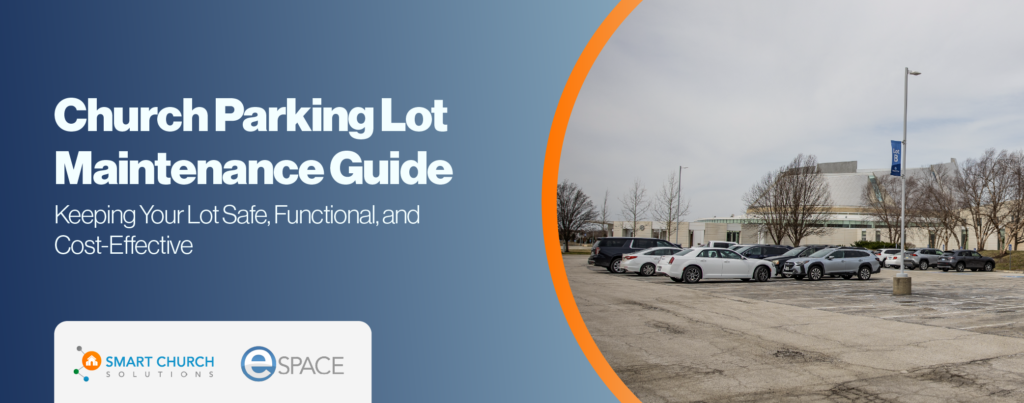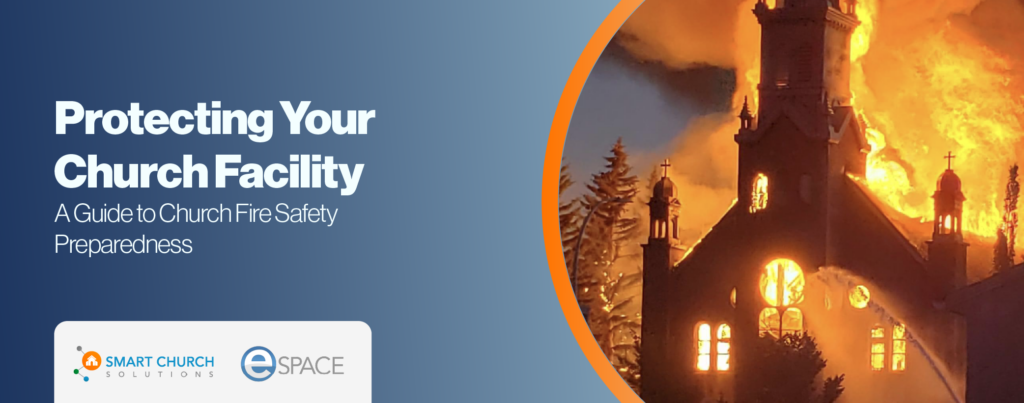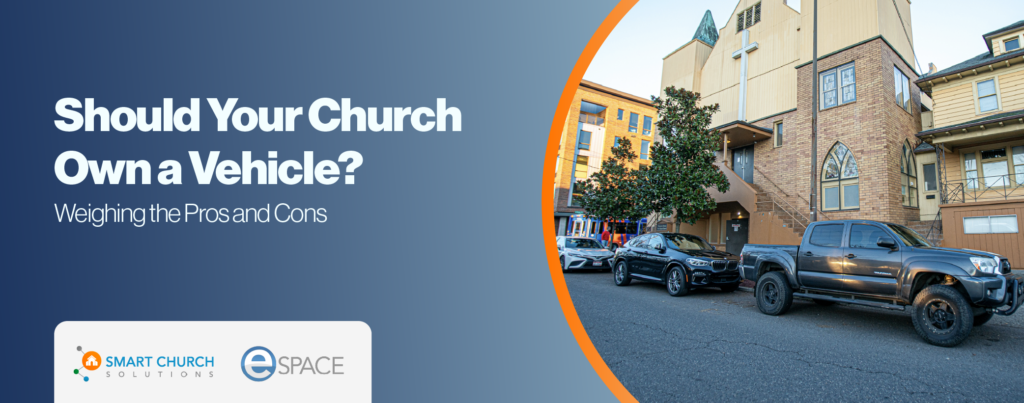When people evaluate building costs, whether entirely accurate or not, many immediately think of square footage. Figure out how many square feet are in a specific building, throw on a ‘quality’ multiplier, and multiply that by a specific dollar per square foot. You just figured out the value of your building.
More work is needed when it comes to the contents inside. This is much more challenging — especially for churches. Some churches use sound equipment, video equipment, and musical instruments. Some use none of that. So how do you figure out what is correct?
The Importance of Contents Inventory (AKA Asset Management)
Think of a single room in your home. I like to use the living room or family room. Think of everything in just that one room. Can you provide an approximate value of all the items in the room? Without going to that room, list everything inside with descriptions. Now, the fun part. List the make and model number of each item inside the room.
What I’ve just described above is what we ask of churches and other ministries following a loss to their building. Without a contents inventory — or what you call ‘asset management’ — churches and ministries must complete a list of all that is missing or damaged by memory. And making a list of damaged or missing items after the fact is only a small piece of the puzzle.
If you don’t have an inventory of your items, how do you know their value? From an insurance coverage standpoint, how do you know whether or not your assets’ limits are adequate? Will they cover you in full if you have a tragic loss? Or are your limits too high? Could you be saving premiums by lowering your limits? (This usually is never the case.)
FAQs About Asset and Inventory Management
With the above in mind, let’s answer frequently asked questions regarding asset management. The following content was created from an interview with Thomas Lichtenberger with Brotherhood Mutual.
How Do I Start Managing My Assets and Inventory?
The biggest piece of the puzzle is starting somewhere right away. Walk through your property with a video or cell phone camera and capture as many items as possible while verbally describing them on the video. That’s a great place to start. Capturing make and model numbers verbally or on video would be even better. While videos don’t help you figure out the values of your property, they will be beneficial down the road if you need to create lists of missing or damaged property. If you can at least put some values on some of your larger items, that’s a good start.
What Should Churches Implement?
They should have asset management in place. You may be surprised by how many churches and ministries don’t know what they have until a loss occurs. That baby grand piano? The new video equipment just purchased? The sound system that was recently updated? All this adds up quickly.
That said, it is just as essential to keep up with your inventory list. If that 24-channel analog mixer that you put on the list five years ago was replaced by a 48-channel digital mixer, the value would be different. Getting the initial inventory is usually the most challenging because it is likely a pretty big project.
When a loss occurs, I encourage ministries to divide and conquer the list. It is much easier if the youth minister creates a list of everything in the youth area. The music minister creates a list of all the musical stuff. Sunday school teachers or administrative staff put together a listing of the contents in their respective areas. This helps so that one person isn’t ‘stuck’ doing the inventory themselves. Maybe a single person can be in charge of doing a ‘walk-through’ to make sure each individual has captured everything. But breaking it up helps to get it done. I would encourage the same for a ‘pre-loss’ inventory. Let those who know their areas the best put their lists together.
What Should My Church’s Primary Focus Be?
The key is to do something. While I answered this earlier, there are a couple of suggestions I should have noted. Separate and organize the inventory list by room. If you may have missed an item, it is much easier to look at a smaller list of what room the item might be in rather than having to look through the entire inventory.
Be more detailed on the larger items and less on smaller stuff, especially groups of items. For example, books on a shelf. The list can simply say 140 paperback books and 58 hardback books. Similarly, if you have other similar groupings (even chairs that may not be identical but may have equal value), group them together. The larger the difference in value, the more specific the list needs to be.
Using the example of the chair, while you might ‘lump together’ metal folding chairs and padded metal folding chairs (although this may even be questionable), the list should differentiate between folding chairs and office chairs. The list should likely not include perishable items. For example, the list would likely not include food items as that type of inventory would be forever changing.
But, on the other side of the coin, I would encourage the list to include as much as possible. Remember the reasons for the list as noted above. Ensure you have accurate values and enough details to document what you had before a loss occurs. I hope the exercise above clarifies that making a list while you can still see the items is easier than after they are gone.
Is It Common To Have Lists?
Unfortunately, not really. That is why I am so adamant about the need for it. But, as mentioned above, without one, there are a lot of challenges to documenting a claim, valuing the items you have, etc. As an elder at my church and an active worship team member, it took me years to get our staff to do at least the video inventory piece. Making a proper inventory is quite time-consuming (something many church and ministry staff don’t have extra of), putting it on the back burner. But if that ‘back burner’ catches the church on fire, they will wish they had created one as detailed as possible.
As to the ‘what does it look like,’ some of that has been alluded to above, but here are suggestions:
- Item description
- Make and model number
- Any unique identifiers
- Place purchased
- Purchase price
- Current value and/or replacement price.
While the key columns would be description and value, anything added is beneficial for the ministry and insurance carrier if a loss occurs. It can be on a spreadsheet, a yellow legal pad, notebook paper, etc. Whatever is easiest for the creators to capture it on.
This is one of those areas that I wish churches and ministries did a better job. Not necessarily because it makes our jobs easier when a claim occurs, but it makes their job much easier when a claim occurs. And, as alluded to above, many churches and ministries that experience catastrophic losses do not have sufficient limits to replace everything they have. The only way to get even close to knowing what value is appropriate is to have some idea of what you have.
There’s An Even Better Way
As you can see from Tom’s thoughts above, the importance of managing your assets and inventory goes far beyond what pen/paper can accomplish.
If you are looking for a system to track better and manage your assets, we have an even better suggestion. Our eSPACE Work Order and Asset Management helps you stay on top of work orders, schedule preventive maintenance, track inventory, and more. Learn more about how it can help you and your church today!







